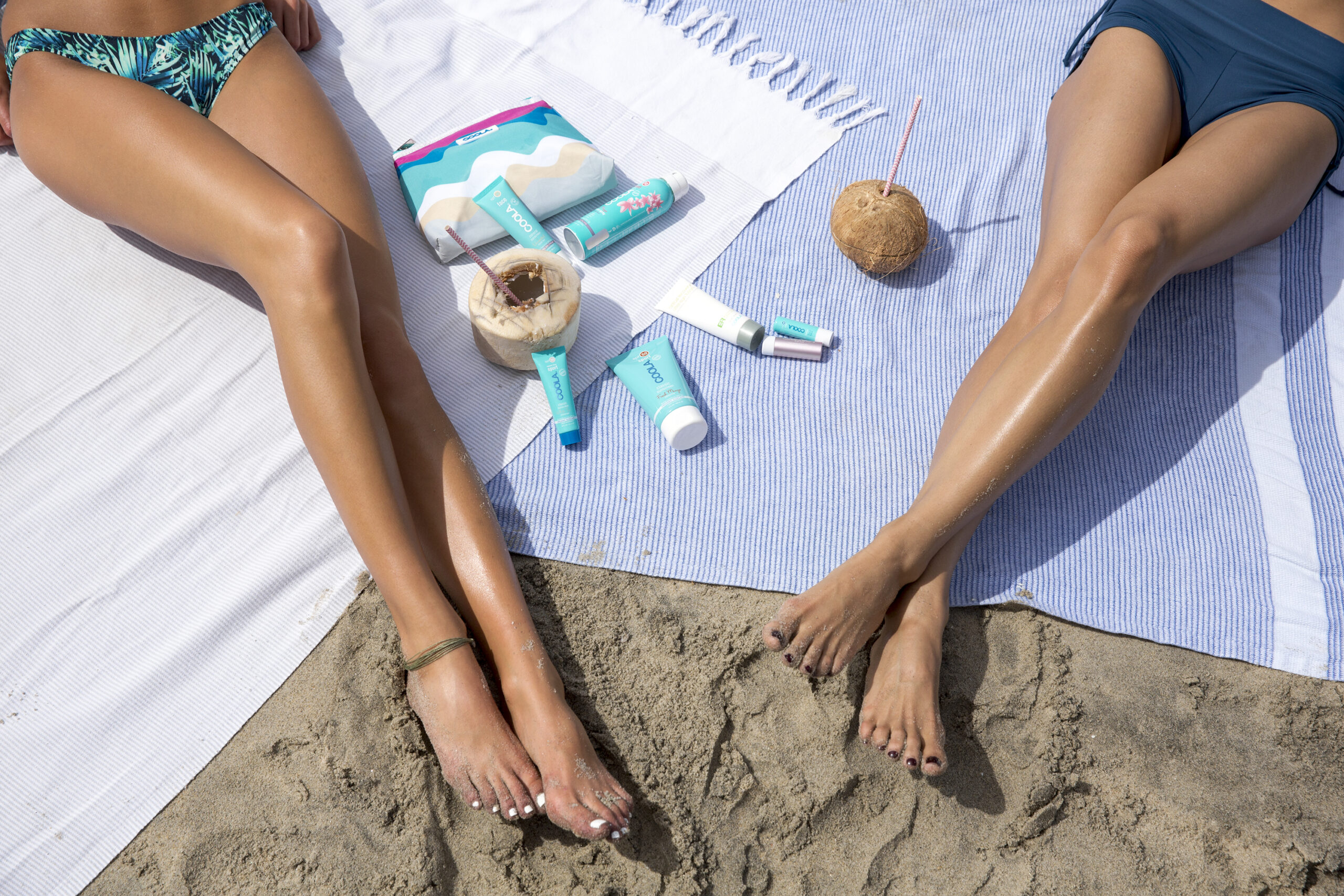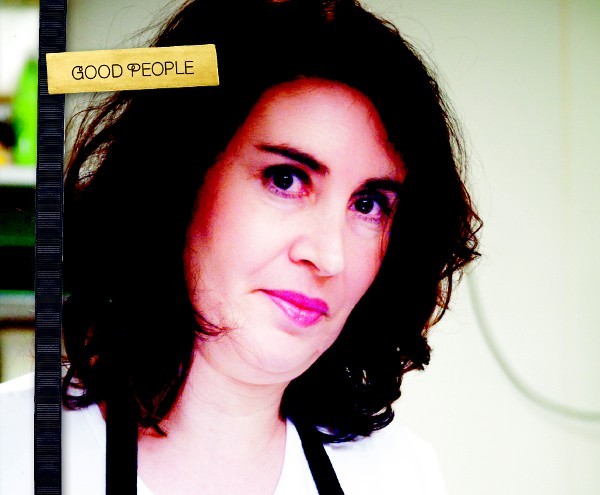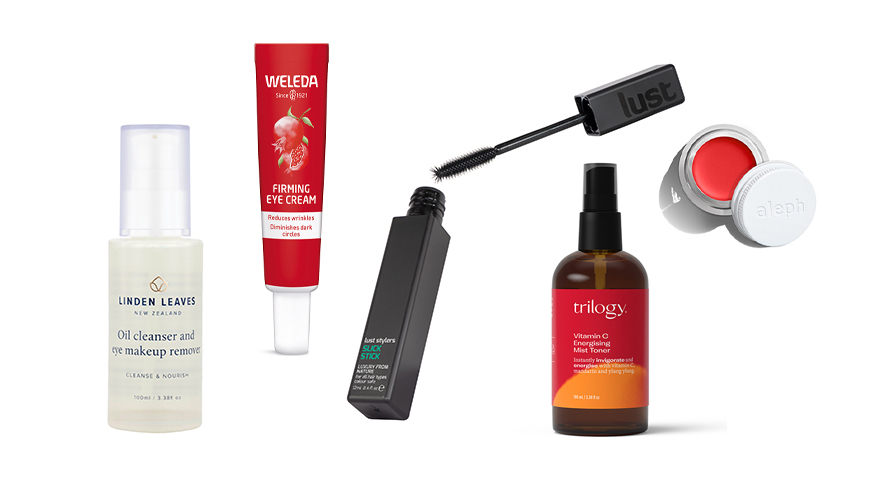Ba
nanas are the world’s most heavily traded fruit today – with more than $25 billion spent on consuming this curvy yellow fruit around the globe each year. Besides being nutritious and delicious, bananas trigger many a nostalgic memory – who can recall watching an episode of Bananas in Pyjamas back in the day? Blowing out the candles on your banana-flavoured birthday cake or enjoying a delectable banana split while dining out? Bananas have held their own in our fruit bowls for centuries – their first trade was recorded as early as 1000BC in India.
While they’re so familiar, there’s still a lot to know about them. There are more than 1000 varieties, although most are not edible. Bananas boast immense dietary benefits, packed full of fibre and vital minerals including potassium for optimal function of the body’s cells, tissues and organs. They also contain tryptophan and vitamin B6, which are known to produce seratonin, a chemical that makes us happy.
Lorna Piatti-Farnell, Associate Professor of Popular Media and Cultural History at AUT University, recently released the book Banana: A Global History, which examines the history of the banana and its role in different cultures both in the past and present. Why bananas? Piatti-Farnell explains, “I look at popular materials a lot, from film to television, from cookbooks to children’s stories. I started noticing that there were bananas everywhere… in old vaudeville routines, in myths and legends, in songs, and so on. And that made me curious…”
Piatti-Farnell discovered that bananas have been commercially grown, transported and sold around the world for centuries. But as capitalism took hold, three banana companies in particular maintained high levels of success: Chiquita (known originally as United Fruit), Dole (the contemporary name of Castle & Cooke) and Fyffes, an Irish fruit company founded and still headquartered in Dublin.
The production of bananas via corporate organisations has been at the centre of much controversy. Says Piatti-Farnell in her book, “One of the key points in the debate has been the ethical – or to be more precise, unethical – treatment of workers in banana plantations; over the years this has covered not only the inadequate conditions in which the workers were forced to operate, but the barely existent remuneration that they would receive for their labour.”
The repercussions of these tensions have peaked in violence on
a number of occasions over the years, earning the banana trade its reputation as a gruesome and vicious business, however the most famous instance of violence, the ‘banana massacre’ of December 6, 1928 took place in the town of Cienaga near Santa Maria, Columbia when army troops opened fire on labourers from the United Fruit Company (as it was then known) in the town square, because they refused to end a strike.
The rise of the fair trade movement has further shone light on the story of banana farmers in developing countries, and today many retailers have made it a priority to stock Fairtrade bananas.
In 2006 it was estimated that the total world production of bananas had reached 113 million metric tonnes, with India the biggest world producer of bananas. Ecuador and the Phillipines are the source countries for most of New Zealand’s banana imports, with each New Zealand household spending an average of $88 each year on the fruit.
And while banana production continues to thrive, this is actually quite some feat. Why? Because banana plants are clones.
Explains Piatti-Farnell, “You will notice that commercial bananas have no seeds, as they have been reduced to those tiny grey dots in the fruit’s flesh by millennia of genetic engineering.”
That means that while commercial bananas can be planted (new plants are grown by cloning an original plant), if a disease attacks the banana plants (and banana plants are prone to disease), it could potentially wipe out entire plantations.
This, in very broad terms, is what happened with the famous ‘Panama disease’. Long live the banana.
Quirky banana facts we bet you didn’t know
· The word ‘banana’ comes from the Arab word ‘banan’, meaning ‘finger’. A cluster of bananas is called a ‘hand’.
· The famous ‘banana peel gag’ originated in the early 20th century, with performer Billy Watson. Watson saw someone slip on a banana peel in the street and decided to replicate it in his routine.
· Bananas might have a firmer texture than other fruits, but they
are about 75 per cent water.
· Fibre taken from banana plants can be used to make clothes.
· The inside of banana peel can soothe mosquito bites.
· If you peel a banana from the bottom up, you won’t get the
banana strings.
· In the late Victorian period, a campaign was set up by temperance groups to ban bananas. The fruit was regarded as ‘indecent’, probably due to its phallic shape. Banana companies fought the campaign by circulating postcards showing well-to-do ladies eating bananas, proving there was nothing too ‘racy’ about the fruit. g




